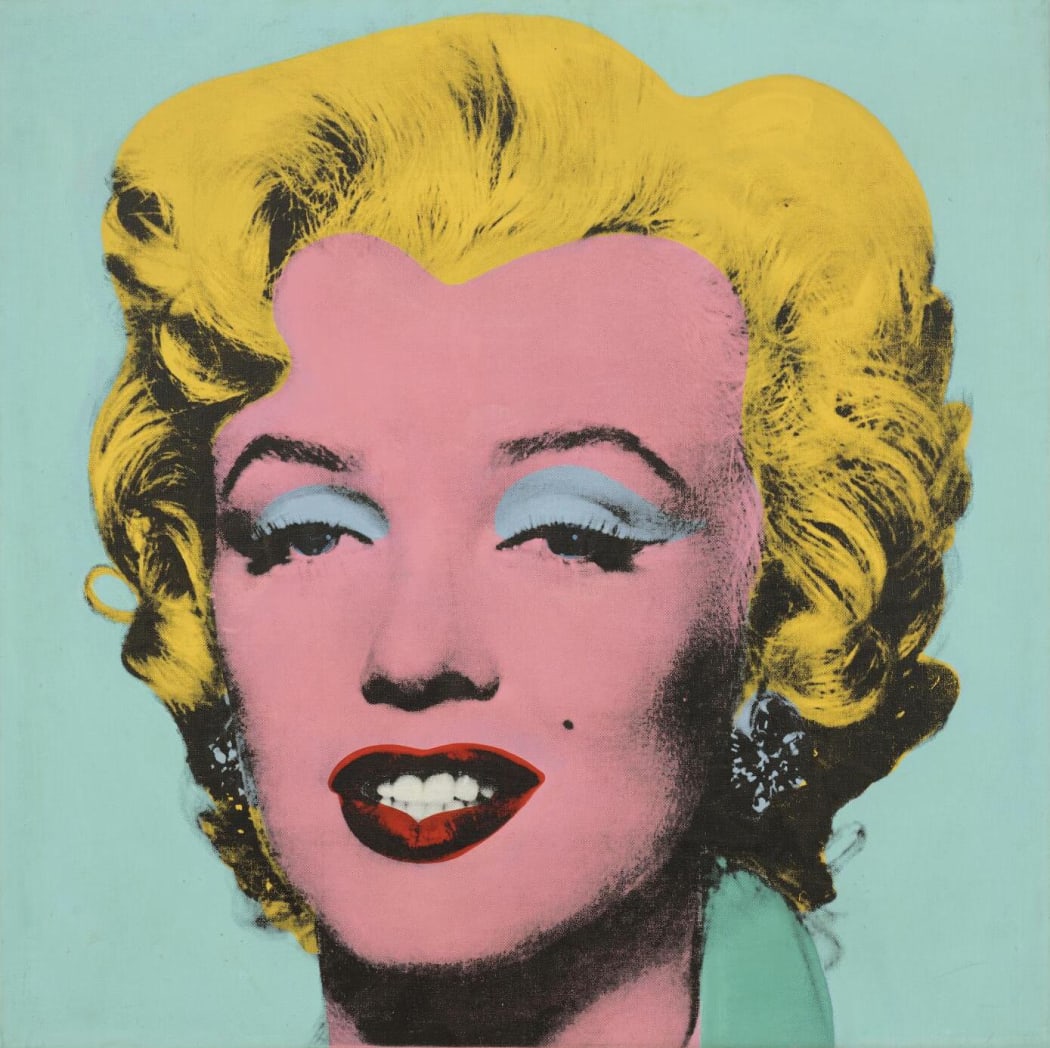
Few pairings in art history are as iconic and enduring as Andy Warhol and Marilyn Monroe. In the decades since Warhol first screen-printed her face in vibrant technicolor, the image of Marilyn has become inextricably linked with the language of Pop Art, transforming not only how we view celebrities, but how we consume them.
In the wake of Marilyn Monroe’s sudden death in 1962, Warhol found in her image both a personal fascination and a cultural symbol. Her face, captured from a publicity still for the 1953 film Niagara, was already etched into the public imagination. Warhol, with his background in commercial illustration and advertising, instinctively understood the power of repetition. He began reproducing Monroe’s portrait in various color combinations, layering it with bright pigments and printing imperfections that mirrored the distortion of fame itself.
What makes Warhol’s Marilyns so compelling is their duality. On one hand, they’re accessible: flashy, fun, and instantly recognizable. On the other, they’re meditations on mortality, obsession, and the mass production of identity. Warhol’s use of silkscreen printing allowed him to replicate Monroe’s face again and again, flattening her individuality into pure iconography. In doing so, he questioned the very nature of authenticity and fame in postwar America.
For Warhol, Monroe became more than just a muse. She was the ultimate symbol of the machine-made star: created by Hollywood, consumed by the public, and discarded far too soon. His portraits of her are critiques of the culture that made her and destroyed her. Yet despite (or because of) that critique, the works remain some of the most coveted in modern art history. In 2022, Shot Sage Blue Marilyn sold at Christie’s for $195 million, making it the most expensive 20th-century artwork ever sold at auction.
Today, Warhol’s Marilyns live on as cultural touchstones. They hang in museums and private collections around the world, not just as representations of Monroe, but as reflections of the world that built her legend - and of Warhol himself, who understood fame as both an art form and a currency.